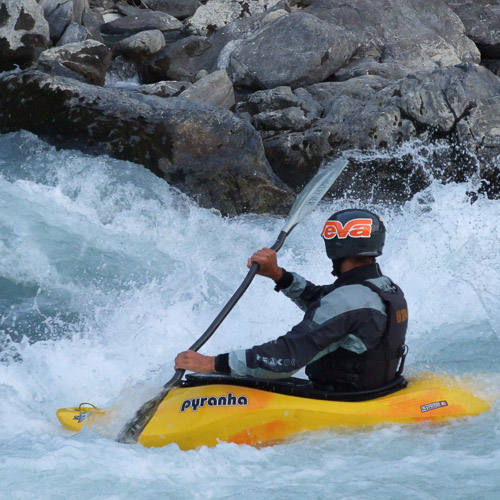
The appeal of river rafting and kayaking continues to grow among young adults, but these are not sports for amateurs. Calm waters can turn into raging rapids a half mile downstream.
If river rafting sounds interesting, sign up with friends for a professionally guided trip. You’ll discover how many precautions professionals must take to ensure the safety of their charges.
- Be careful if you take off with friends.
- Invest in good quality equipment. Inflatable rafts and toys made for pools are not suitable for moving water.
- Wear a Coast Guard approved personal flotation device (PFD) and protective headgear.
- If rafting in cold water or snow melt, rent wet suits to keep warm.
- Know the ratings of the rivers in your area. Begin with the easier runs.
- If possible, drive downstream along the river beforehand. You’ll know what to expect along the way.
- Kayak or raft in groups of at least two craft, never alone.
- Secure your gear so that you won’t become entangled if you capsize.
- While underway, pull ashore and walk ahead to examine rapids and trouble spots. If you have any doubts, carry your craft downstream.
- Stay clear of tree overhangs, log jams, debris and other obstacles that water flows through rather than around. The current could pin you against them.
- Avoid water near dams. Their currents could trap you underwater.
- Learn the language and nature of flowing water. The current is faster on the outside of a river bend. A “V” in the water pointing upstream indicates a rock; a downstream “V” indicates a gap between rocks.













